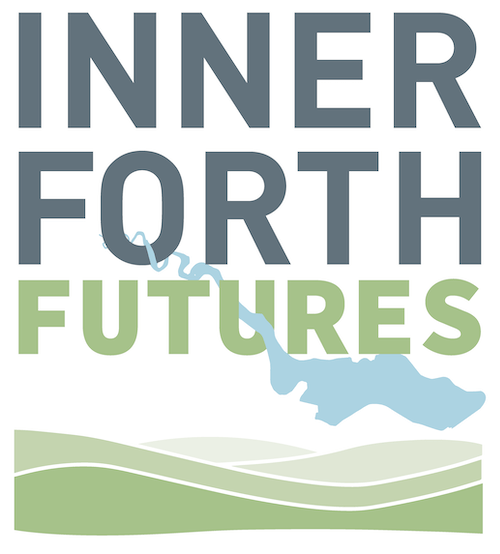The Forth's grasslands and meadows are vital for invertebrates, and the birds and mammals they support.
As part of the Initiative, organisations like Buglife Scotland and the RSPB have been creating new wildflower meadows around the Inner Forth, at places like Grangepans Meadows, Kinneil Estate and Fallin Bing. Meadows like these are vital for many invertebrates, like butterflies, bees and hoverflies, which are so important for pollinating our own food crops. We also have many areas of rougher grasslands around the Forth, like those at Black Devon Wetlands Nature Reserve, where you may spot tiny voles scurrying through the long grasses, or see a hunting short-eared owl quartering the fields to find them.
As part of the Initiative, organisations like Buglife Scotland and the RSPB have been creating new wildflower meadows around the Inner Forth, at places like Grangepans Meadows, Kinneil Estate and Fallin Bing. Meadows like these are vital for many invertebrates, like butterflies, bees and hoverflies, which are so important for pollinating our own food crops. We also have many areas of rougher grasslands around the Forth, like those at Black Devon Wetlands Nature Reserve, where you may spot tiny voles scurrying through the long grasses, or see a hunting short-eared owl quartering the fields to find them.
Hedgerows
When: Year round
Redwing
When: Winter
Mole
When: All year round
Barn owl
When: Year round, best seen at dawn and dusk
Skylark
When: All year round, but most noticeable on warm, sunny days
Brown hare
When: All year round, but easier to see in spring, and at dawn and dusk
Lapwing
When: All year round, best sightings spring/early summer
Cuckoo
When: Summer
